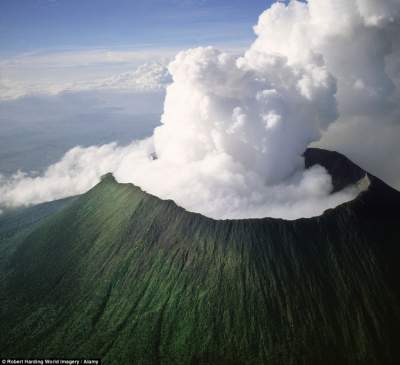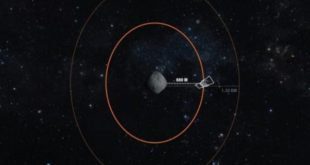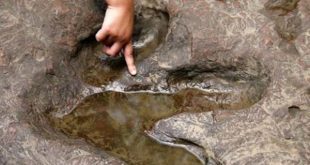 Zombie volcano shows signs of life, though had a long time to die.
Zombie volcano shows signs of life, though had a long time to die.
New Zealand geologists have discovered a magma chamber, which is not formed under the active volcanoes of the country, and it is far from volcanic activity area. So it was obtained a new proof of the accumulation of molten rocks throughout the earth’s crust. About the discovery reported in the journal Science Advances.
Based on the satellite radar data, scientists studied the area of Taupo that is located under the North island and is associated with the 25 most powerful eruptions (during the past 1.6 million years). Among them — the largest volcanic eruption in the world over the last 70 thousand years, called Oruanui (late Pleistocene).
In 2015, the geologists found out that the main part of the zone settles — as expected — once the magma erupts and flows away from the underground chamber. However, one of the sites (North-West zone, where no active volcanoes) rises.
The researchers then investigated this anomaly in more detail, collecting information from global positioning system (GPS) and geodetic survey. It turned out that in the 1950-ies the earth has risen by an average of five millimeters per year, but since the mid-2000s, the rate increased to 12 mm, and then decreased slightly.
According to the calculations of geologists, annually in the bark penetrates up to nine million cubic meters of magma, and this happens in areas far distant from active volcanoes. However, scientists advise not to panic: the fact of the accumulation does not threaten the imminent eruption.
For the first time such a phenomenon (penetration of magma in the crust away from active volcanoes) noted in the Central Andes. Made the discovery geophysicist Matthew Pritchard (Matthew Pritchard) called it zombie volcano: he shows signs of life, though had a long time to die.








